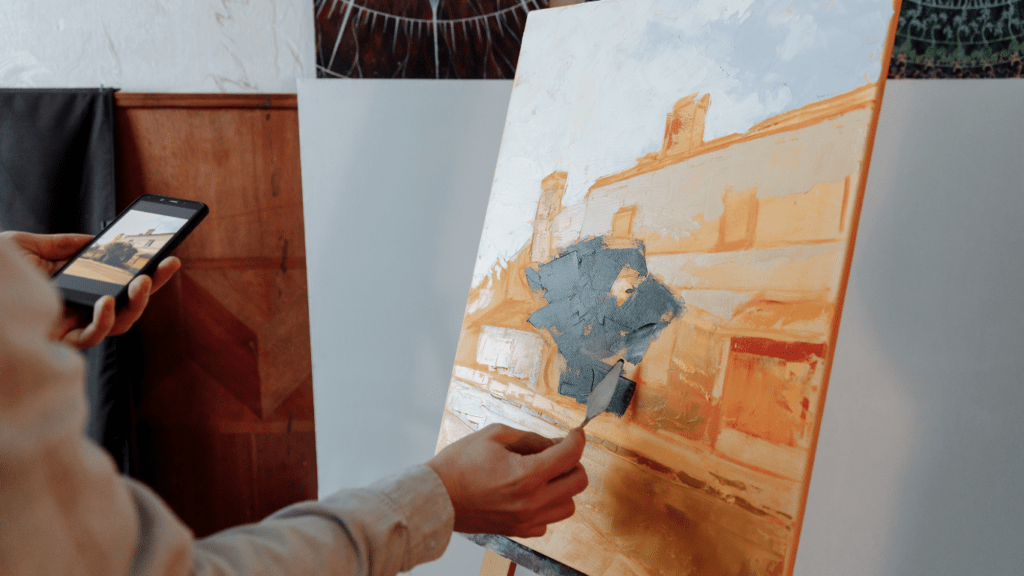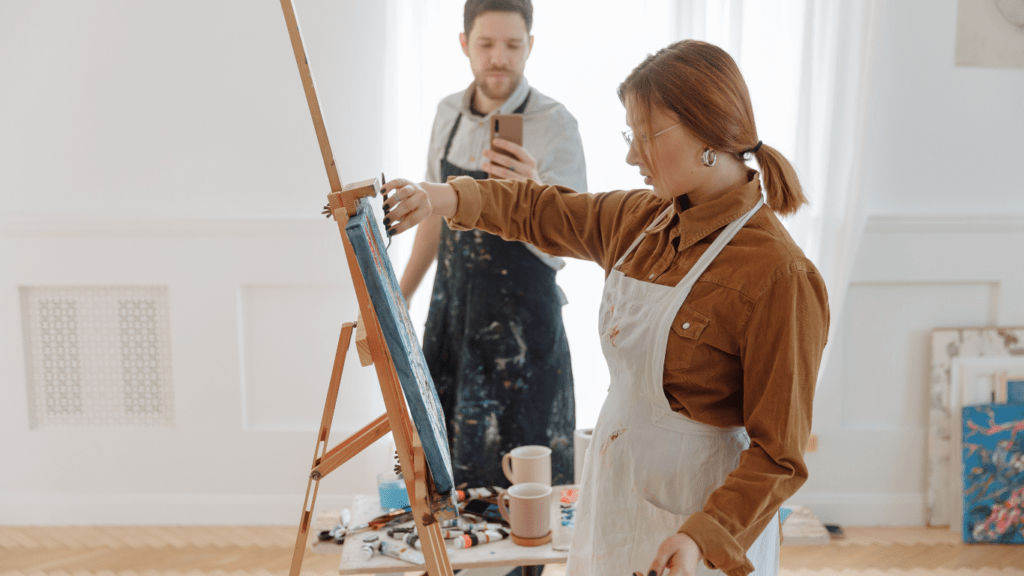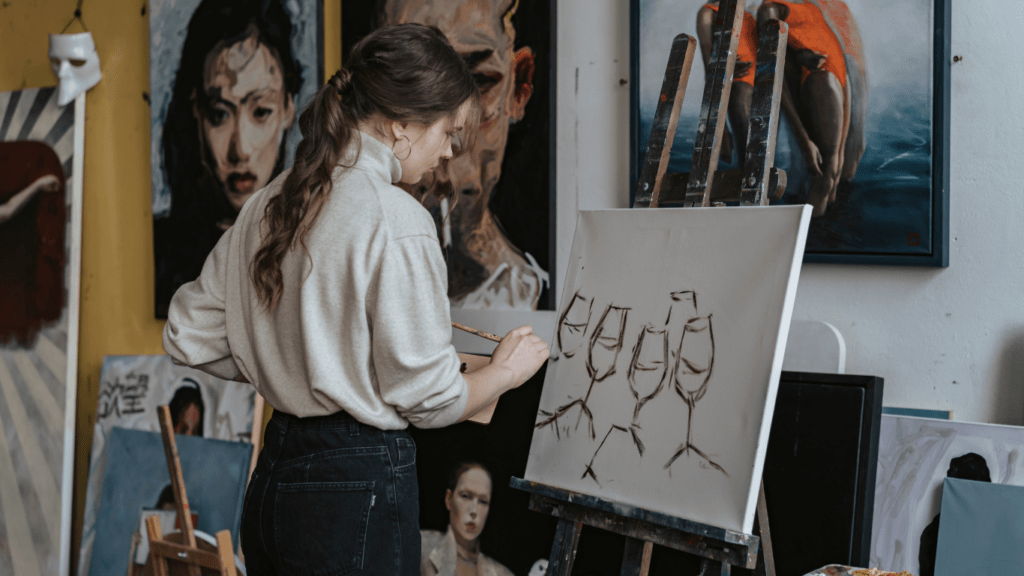As an artist, capturing the intricate details of hair and fur in digital art can be both challenging and rewarding. Mastering the techniques to depict these elements realistically can elevate the quality of your artwork and bring your creations to life. In this article, I’ll share valuable tips and tricks to help you enhance your digital paintings by focusing on hair and fur textures.
Painting hair and fur requires a delicate balance of precision and creativity. From flowing locks to fluffy coats, each strand and tuft plays a crucial role in conveying the texture and personality of your subject. By understanding the fundamentals of light, shadow, and color, you can create depth and dimension in your digital art, making your creations truly captivating.
Whether you’re a seasoned digital artist looking to refine your skills or a beginner eager to learn the ropes, mastering the art of painting hair and fur can take your artwork to the next level. Join me as we explore techniques and strategies to breathe life into your digital creations through the intricate world of hair and fur painting.
Exploring Different Brush Techniques
To enhance the texture and realism of hair and fur in digital art, exploring various brush techniques is essential. By experimenting with different brush settings, artists can achieve diverse effects that bring their creations to life. Here are some valuable brush techniques to consider:
- Textured Brushes: Textured brushes add depth and detail to hair and fur. They mimic the natural look of strands and create a sense of volume. Experimenting with brushes that have varied textures can help artists achieve a more realistic portrayal of hair and fur in their digital art.
- Scattering Brushes: Scattering brushes are useful for creating a sense of movement and flow in hair and fur. By adjusting the scattering settings, artists can achieve a dynamic and organic look that emulates the natural behavior of strands. These brushes are particularly effective for capturing the intricacies of flowing locks or fur textures.
- Blending Brushes: Blending brushes are essential for seamlessly integrating different colors and tones in hair and fur. They help soften harsh edges and transitions, giving a more natural and cohesive appearance to the overall texture. By mastering blending techniques, artists can achieve smooth and realistic results in their digital paintings.
- Detail Brushes: Detail brushes are perfect for adding intricate patterns, highlights, or individual strands to hair and fur. These brushes are ideal for refining the finer details and enhancing the overall realism of textures. Artists can use detail brushes to accentuate specific areas of interest and create focal points in their artwork.
Exploring and incorporating these brush techniques into digital art not only enhances the portrayal of hair and fur but also adds depth and character to the overall composition. By mastering these techniques, artists can elevate their creations and bring them to life with rich and vibrant textures.
Choosing the Right Colors
When painting hair and fur in digital art, selecting the appropriate colors is crucial to achieving a realistic and visually appealing result.
Understanding Color Theory
In digital art, color theory plays a pivotal role in capturing the essence of hair and fur realistically. Colors are not just arbitrary choices but key elements that convey texture, depth, and light. By grasping color theory principles such as hue, saturation, and value, I can create lifelike representations of various hair and fur types. Understanding how colors interact and complement each other helps me choose the perfect palette for my digital creations.
Using Color Variations
Employing color variations is a powerful tool when painting hair and fur in digital art. By incorporating subtle shifts in hue, saturation, and value, I can mimic the natural nuances found in different strands of hair or fur. Experimenting with warm and cool tones, highlights, shadows, and undertones enables me to add dimension and realism to my digital artworks. Through strategic use of color variations, I can elevate the visual impact of my hair and fur renditions, making them more dynamic and engaging.
Creating Texture and Detail
Mastering the art of creating texture and detail in digital hair and fur is crucial for achieving realism in artworks. When I focus on texture, undoubtedly, blending is a key technique that I leverage to seamlessly merge colors and create smooth transitions between different tones. Implementing this technique allows me to avoid harsh edges, giving the illusion of a soft, flowing mane or fur coat in my digital creations.
In terms of detail, I find that utilizing a scattering brush can work wonders in adding intricate nuances to each hair strand or fur fiber. By adjusting the scatter settings, I can create a more organic and natural look, mimicking the irregular patterns found in real hair and fur. This approach helps me infuse a sense of life and movement into my digital art, making it more visually compelling and authentic.
Furthermore, exploring the use of textured brushes enhances the overall richness and depth of hair and fur textures in my artwork. These brushes can mimic a variety of surfaces, from smooth and silky to rough and coarse, allowing me to capture the unique characteristics of different hair and fur types. By experimenting with a combination of textured, scattering, blending, and detail brushes, I can effectively elevate the tactile quality of my digital creations, making them more engaging and realistic.
Adding Highlights and Shadows
Highlighting and shadowing techniques play a crucial role in bringing digital hair and fur to life. When painting these elements, I focus on creating depth and dimension through strategic placement of highlights and shadows.
In digital art, I layer highlights on top of base colors to mimic light reflection on hair strands. By carefully observing real-life light sources, I can determine where highlights should fall for a realistic effect. Shadows, on the other hand, add depth and volume to the hair or fur, emphasizing its shape and form.
To enhance the three-dimensional look of hair and fur, I blend highlights and shadows seamlessly. Blending softens harsh lines, creating a natural transition between light and dark areas. This technique helps me achieve a more realistic portrayal of textures and light interactions.
I utilize a variety of brushes to add highlights and shadows effectively. Textured brushes add depth and richness to the overall appearance, while detail brushes help me refine intricate details. By combining these brush techniques, I can achieve a nuanced and lifelike representation of hair and fur in my digital artworks.
By mastering the art of adding highlights and shadows, I can elevate the visual impact of my digital paintings, making them more vibrant, dynamic, and compelling.





